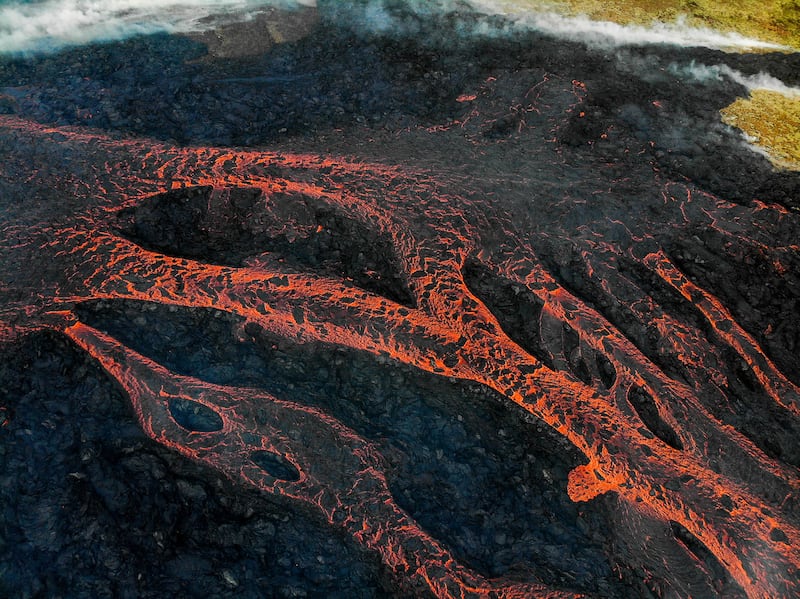A volcano has erupted on the Reykjanes peninsula in southwest Iceland, near the capital Reykjavik, following intense earthquake activity in the area.
Magma is visible around 30km (19 miles) from the city, near the spot where previous eruptions happened in 2021 and 2022.
“At the moment, it’s a very small eruption,” said Matthew Roberts of the service and research division at the country’s Meteorological Office (IMO) on Monday.
He added there was no direct imminent hazard to people in the region.
Traffic at Reykjavik's international Keflavik airport was not disrupted, the airport said on its website.
Experts from the IMO will assess where exactly the lava is emerging and how the eruption evolves over the coming hours.

Images and livestreams by local news outlets MBL and RUV showed lava and smoke emanating from a fissure in the ground on the side of the Fagradalsfjall mountain.
Reykjanes Peninsula is a volcanic and seismic hot-spot southwest of the capital Reykjavik. In March 2021, lava fountains erupted spectacularly from a 500m to 750m-long fissure in the ground in the Fagradalsfjall volcanic system.
Volcanic activity in the area continued for six months that year, prompting thousands of Icelanders and tourists to visit the scene. In August 2022, a three-week eruption happened in the same area.
The system, which is around 6km (3.7 miles) wide and 19km long, had remained inactive for more than 6,000 years prior to those two eruptions.
Unlike the eruption in 2010 of the Eyjafjallajökull volcano, which halted approximately 100,000 flights and forced hundreds of Icelanders from their homes, this eruption is not expected to spew much into the atmosphere.
“This is not a volcanic eruption with any ash. This is simply lava,” Mr Roberts said. – Reuters












